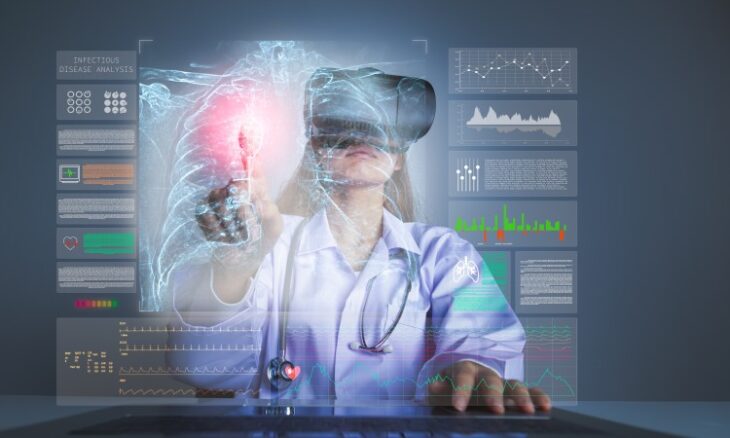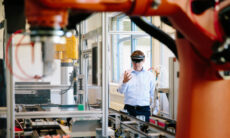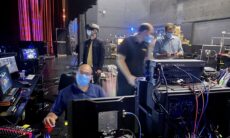St. Jude Uses VR to Help Families See the Full Picture
At St. Jude Children’s Research Hospital, virtual reality is changing how families comprehend complex medical diagnoses. The hospital has integrated advanced 3D modelling into its care approach, allowing families to experience an immersive view of their child’s illness through VR headsets. This interactive technology offers a detailed representation of tumours and surrounding anatomy, providing an unprecedented level of insight for both families and medical professionals.
Initially intended to clarify medical procedures, the virtual reality programme quickly evolved into a central component of patient care. The immersive 3D models give families a chance to visually explore the child’s internal organs and disease site alongside surgeons, offering a clearer picture of the diagnosis, the procedure, and associated risks. This collaborative approach enhances communication, ensures greater transparency, and provides emotional reassurance to families navigating a deeply challenging experience.
Medical staff at St. Jude have found that the technology does more than educate. It also fosters emotional preparedness and a sense of agency. Surgeons guide families through the virtual space using hand-held controllers, highlighting key structures and illustrating their surgical strategy in a personalised and visually intuitive manner. This not only improves understanding but also builds trust between caregivers and medical teams.
Consultants involved in the initiative noted the positive clinical implications. By virtually examining a patient’s anatomy, surgeons are able to anticipate potential difficulties before entering the operating room. The three-dimensional walkthroughs provide a better sense of spatial orientation, making it easier to identify tumour placement and proximity to critical structures. This foresight aids in refining surgical plans and ultimately contributes to safer, more efficient procedures.
Beyond the operating theatre, the virtual reality experience carries significant emotional value. In cases where families are confronting end-of-life care, these 3D visualisations offer a tangible form of closure. Medical professionals have observed that, for some families, seeing the detailed imagery helps them come to terms with their child’s condition in a meaningful way. In one instance, a family requested copies of the 3D models, regarding them as a cherished part of their child’s legacy.
While the primary users of the system are parents and surgeons, nurses and other clinicians also benefit from the clarity and perspective the technology brings. The VR sessions have created a shared space for emotional and practical alignment, allowing entire care teams to better support patients and their families.
This integration of virtual reality into clinical practice represents a forward-thinking step in paediatric care. It not only enhances understanding of complex conditions but also promotes emotional resilience among families. The programme underscores how innovative tools, when used with compassion, can make a profound difference in healthcare experiences.
As St. Jude continues to expand the use of virtual reality, hopes are rising that other institutions will follow suit. The technology is proving to be more than a visual aid; it’s becoming a vital bridge between medical science and human experience.










